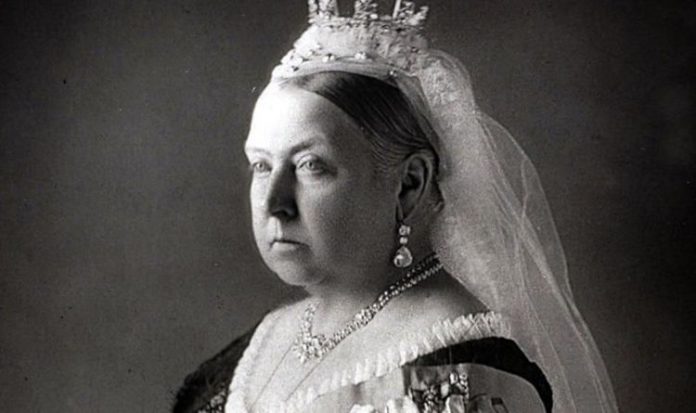Victoria is the longest reigning British monarch in history, aside from the current sovereign, Queen Elizabeth II. Her reign not only heralded in a new age of prosperity through the Industrial Revolution, but saw Britain strengthen its international ties with its European neighbours. She and her husband Prince Albert cultivated an image of harmonious family life over the years and they used this to their advantage.
She married her children off to the other nearby royal families, earning her the nickname of ‘the Grandmother of Europe’.
However, while seemingly an excellent move in diplomacy, this had unforeseen consequences for the health of Europe’s royals and led to the formation of the “royal disease”.
Victoria was a carrier of haemophilia, a disease which prevents the blood from clotting and can result in greater blood loss from injury than usually expected —and can lead to permanent damage.
While much easier to treat nowadays, during the Victorian era the disease would often prove fatal.
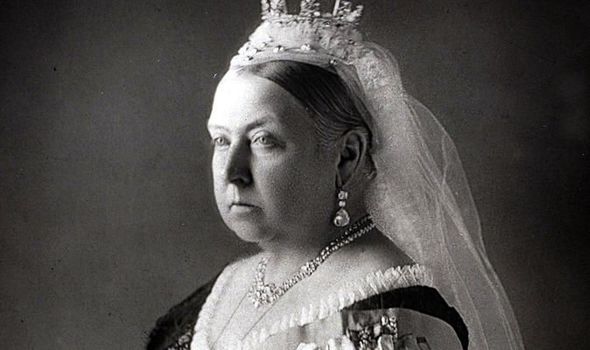
Queen Victoria was the first royal to carry the haemophiliac disease (Image: Getty)
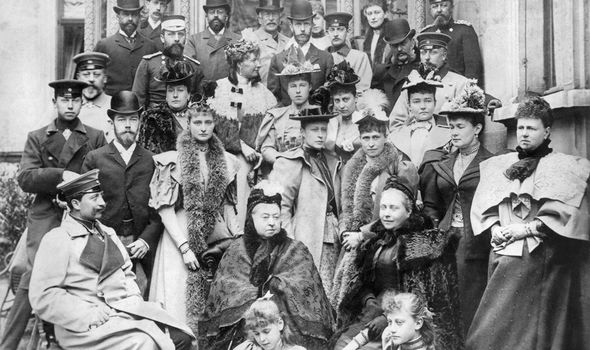
Victoria established a dynasty across Europe through her nine children (Image: Getty)
Victoria’s daughter Princess Alice inherited the disease from her mother.
She married a minor prince who would go on to become Louis IV, Grand Duke of Hesse — a duchy which existed in western Germany until the end of the German Empire in 1918 — and unfortunately her youngest son would go on to die from haemophilia complications at just three years old.
He fell 20 feet from a window, and although survived and soon regained consciousness, his internal bleeding could not be stopped.
Princess Alice’s daughter Princess Irene was a carrier of the disease too, and passed it to two of her three sons, Prince Waldemar of Prussia and Prince Henry of Prussia.
READ MORE: Prince Philip’s late aunt created century-old unsolved mystery
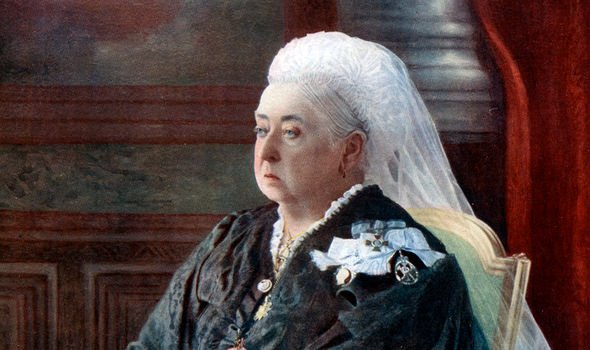
Queen Victoria became known as the Grandmother of Europe (Image: Getty)
Henry died aged four from a minor fall, while Waldemar died in adulthood due to a lack of blood transfusion facilities in Bavaria.
Empress Alexandra Feodorovna, also known as Princess Alix of Hesse, was Princess Alice’s fourth child — she was a hemophiliac carrier too.
Her marriage meant the disease entered the Russian royal family, as she wed the last Tsar Nicholas II.
She passed it to her youngest child and son, Alexei Nikolaevich, who was the only male heir to the Russian throne.
His parents famously tried to cure him of the illness through the controversial healer Rasputin, while trying to keep his poor health a state secret.
DON’T MISS
Unearthed poem provides insight into Anne Boleyn’s ‘adultery’ [INSIGHT]
Prince Albert’s devastating confession about death to Queen Victoria [EXPLAINED]
Meghan’s Megxit remarks eerily echoed Diana’s cry for help [EXPOSED]
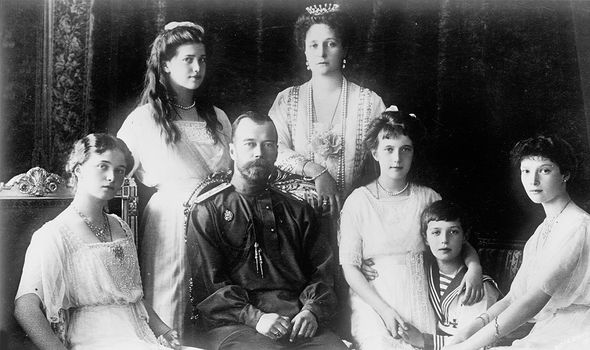
The Romanovs were killed in the 1918 Russian Revolution (Image: Getty)
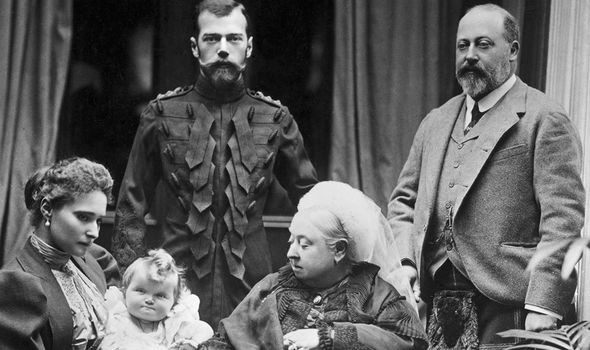
Victoria with her son Edward (R), Russian Emperor Nicholas II and his wife Alexandra (Image: Getty)
Yet, Alix’s faith in Rasputin helped to eradicate her popularity and by 1918 she and her family had been executed by the Bolsheviks.
Queen Victoria’s eighth child Prince Leopold was the first member of the royals to display symptoms of the illness.
He died at the age of 30 after a minor fall, but passed the disease on to his only daughter who was just a toddler at the time of his death.
Princess Alice of Albany also one of Victoria’s grandchildren, then passed it onto her son Prince Rupert of Teck.
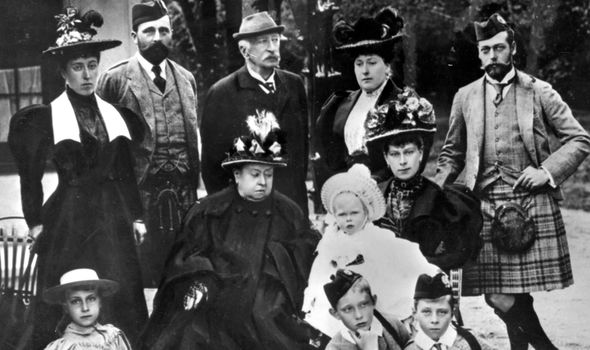
Victoria’s genes meant the haemophiliac mutation was passed among European royals (Image: Getty)
He went on to die at the age of 20, after bleeding to death following a car accident.
Victoria’s favourite and youngest daughter Princess Beatrice inherited the gene carrying the disease too.
Her marriage to Prince Henry of Battenberg saw her third son, Lord Leopold Mountbatten, die at the young age of 22, unmarried and without any children during a knee operation.
